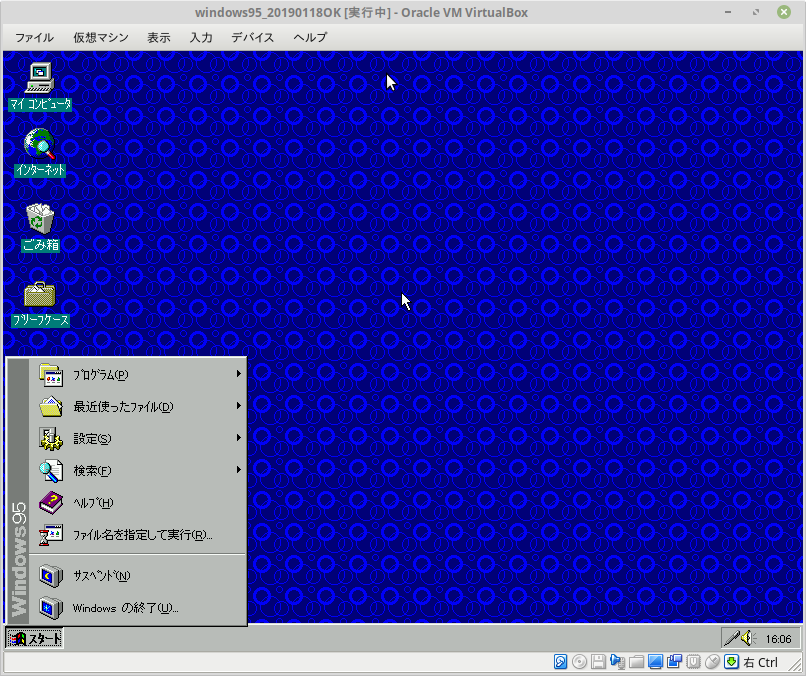

On completion, you’ll need to restart the computer (VM) for the changes to take effect. More formally, software virtualisation is no longer an option since VirtualBox 6.1. I have a Core i5 and the option is greyed out. If you have an Intel processor that is not possible. Full install of Windows 98SE for VirtualBox 8.6 GB VDI file Graphics drivers installed Additional software installed Active desktop enabled For historical research or museum quality display Addeddate 02:30:32 Identifier Windows98vdi Scanner Internet Archive HTML5 Uploader 1.6. Works fine after that, although I do recommend that you use 86-Box or PCem instead.

The TCP/IP protocol and associated tools will install. You just need to disable Intel VT-x in your Virtualbox VM. Mount the CD itself or the ISO image and continue. As we added components, not just removed them it will request for the Windows 95 CD. Click OK again on the Network Properties dialog box. These virtual machines contain an evaluation of Windows.

As before select Microsoft under the Manufacturers list, then under the Network Clients list select Client for Microsoft Networks. Download a virtual machine We currently package our virtual machines for four different virtualization software options: VMWare, Hyper-V (Gen2), VirtualBox, and Parallels. Click Add again though select Client this time when asked which component and click Add. The list of network components refreshes with TCP/IP added in the list. Select Microsoft under the Manufacturers list, then under the Network Protocols list select TCP/IP. The Select Network Protocol dialog box appears with a selection of protocols available from various vendors. Click Add, and a dialog box will appear requesting which network component to install. The list should now only show your PCNet card and the Dial-Up Adapter (if you had chosen to install Dial-Up Networking). Do the same for the IPX/SPX and NetBEUI protocols. The NetWare client disappears from the list. We support operating systems that not even Microsoft and Apple themselves support anymore, such as macOS on PowerPC Macs, and RetroArch being available on Windows OSes as far back as Windows 95.Select Client for NetWare Networks and click Remove. RetroArch can run on the usual platforms like Windows, macOS and Linux, but it stands alone in that it can support far more platforms beyond just that.


 0 kommentar(er)
0 kommentar(er)
